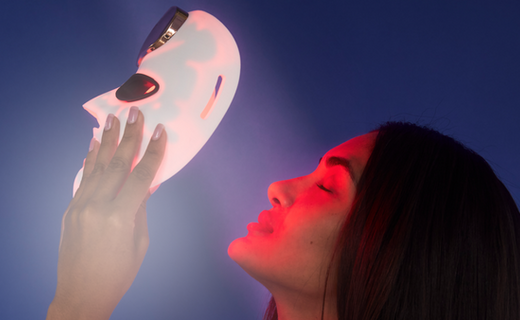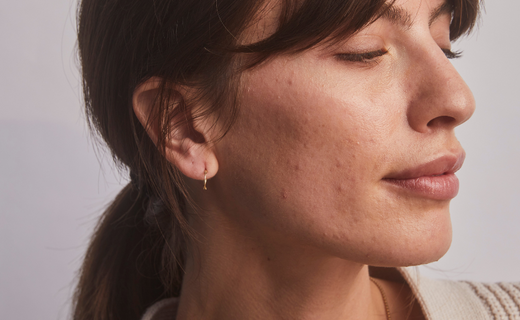

Can ethnicity and where you live affect the condition of your skin? It sure can. Here we delve into some research that outlines the key causes of acne across the world.
With only rare exceptions, which will be mentioned below, acne occurs in every country of the world where studies have been conducted. Indeed, the Global Burdens of Disease Study estimated that it affected 9.4% of the world’s population at any given time, making it the 8th most common disease worldwide.
Comparing rates precisely across different countries is tricky due to studies adopting different methods of clarification and different examination techniques, as reviewed by Tan and Bhate. One fairly consistent finding, however, is that acne tends to be more common among women but more severe in men that in women. It also seems internationally that it commences now at an earlier age than it did 40 years ago, this being thought to be due to the trend towards earlier puberties. With regard to international differences between developed countries, Tan and Bhate felt that large similarly designed studies found rates that were broadly similar: 8% in China, 4% in Germany, 5% in Egypt.

That said, in this review, there was a suggestion that in more isolated rural areas, rates of acne were lower. Two quite large and detailed studies confirm this. Among isolated populations in Papau New Guinea and Paraguay, no active acne was observed. The researchers thought that, while there was likely to be a genetic contribution, it was highly probably that the natural non-Westernised diets in these populations were an important protective factor.
Whether the prevalence or severity of acne differs between ethnic groups is hard to determine from these studies in different countries. Researchers looked, however, at nearly 3000 women in the USA who were split into different racial groups. They found that African-American women were most commonly affected at 37% followed by Hispanic women (32%) and Caucasian women (24%). Scarring and changes in pigmentation were significantly commoner among the African-American and Hispanic women.
While the differences in prevalence may have related to other factors (notably diet), it seemed clear that complications following acne were more common in women with darker skins.

This fact has treatment implications, in that acne in people with darker skins can be seen as requiring even earlier and more comprehensive treatment in the expectation that the likelihood of longer-term problems can be reduced. While the form of treatment does not differ significantly across different ethnic groups, it may be worth noting that sun protection is an important component in preventing hyperpigmentation but may mistakenly be regarded as less vital by people with darker skins.

Guest blog contributed by Dr Sam Robson, Medical Director at Temple Clinic, a specialist skin care and acne clinic in Scotland, United Kingdom.
“LUSTRE® ClearSkin devices work equally well on skins of all colour and performs particularly well as part of a comprehensive acne treatment programme which also considers skincare and lifestyle factors. This unique and holistic approach is endorsed and practised at Temple Clinic.”
~ Dr Sam Robson






